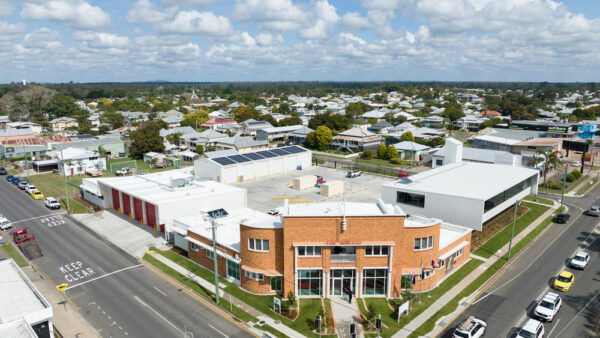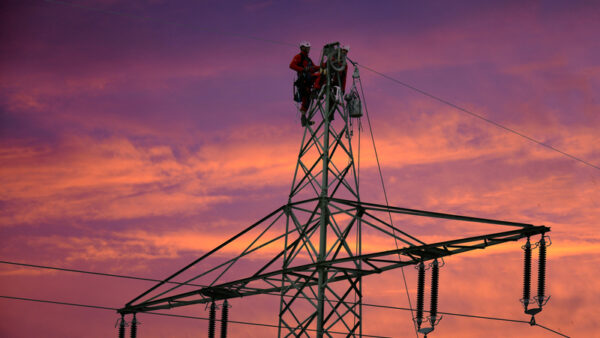Despite the fact that Uruguay has no nuclear power stations, and has not built a hydropower scheme for 20 years, it now derives all but 5% of its power from renewable sources.
(Renewable energy) is just a financial business. And the construction and maintenance costs are low, so as long as you give investors a secure environment, it is a very attractive– Ramón Méndez, Uruguay’s head of climate change policy
The shift to wind, solar and biomass was triggered by a need to reduce the country’s dependence on foreign oil. In the year 2000, this accounted for 15% of its imports.
Ramón Méndez, Uruguay’s head of climate change policy, said: “We had to go through a crisis to reach this point. We spent 15 years in a bad place.”
In 2008, the government announced a 25-year plan to change the way the country generated electricity.
It found that it was able to attract foreign investment by offering a stable and secure environment for investors and building up partnerships between the public and private sectors
Méndez said: “What we’ve learned is that renewables is just a financial business. And the construction and maintenance costs are low, so as long as you give investors a secure environment, it is a very attractive.”
Consumers have benefited by a freeze on electricity prices and a reduction in power cuts caused by a more diverse generating stock.
Uruguay now plans an 88% cut in carbon emissions from the 2009-13 level.
The country is the second smallest is South America but is seen as one of the most socially liberal nations in the world, having legalised abortion, same-sex marriage and the sale of cannabis.
Image: A wind farm (Peter Haas/Wikimedia Commons)






